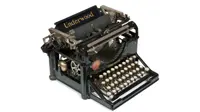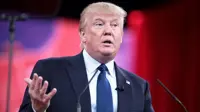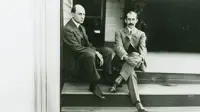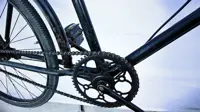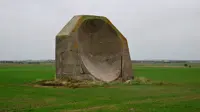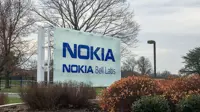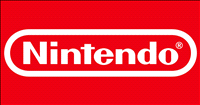Starbucks: Caffeinating the world since 1971 (Part-2)
By Aniket Gupta | 24 Jan 2024

In the first part, we explored how Starbucks started and how Howard Schultz took over Starbucks and expanded it rapidly. We also explored how Starbucks launched its IPO and expanded it even further. This article will continue the story of Starbucks and see how the 21st century has treated this chain of coffeehouses.
But before we do so, there is one very important thing we need to understand about how Starbucks connected to its customers even with its high prices.
If you have walked inside a Starbucks before, you must have noticed that the baristas ask for your name to personalize your order. This establishes a personal touch that makes the customer feel more welcome inside the coffee house. Howard Schultz wanted people to spend as much time inside a Starbucks as possible.
We will be everywhere
Over the years, Howard implemented such business tactics to expand his business. He aimed to spread the Italian experience of drinking coffee to all of America. In 1998, Schultz decided to go global with Starbucks and opened stores in Japan, the Philippines, and the United Kingdom. Howard Schultz became so engrossed with making Starbucks a worldwide franchise that, in 2000, he decided to step down as the CEO of Starbucks to focus on its global dominance.
.jpg)
In the early 2000s, Schultz led Starbucks into hyperdrive. Frappuccino’s became a global hit, and the company embarked on aggressive global expansion.
At its peak, Starbucks was opening around seven new stores globally every day. By 2008, under Schultz’s leadership, Starbucks had over 17,000 stores in more than 50 countries.
But this global expansion came at a hefty cost.
Trouble on the horizon
In the first part of the article, we saw how Starbucks suffered a significant slowdown in expansion during the late 2000s. The underlying cause can be traced back to the 2008 global financial crisis, which severely impacted not only the American economy but the world at large. Starbucks, like many other firms, was singed by the economic downturn.
.jpg)
The crisis led to a considerable reduction in consumer spending; people hesitated to splurge on non-essential items, even daily indulgencies like coffee. Consequently, Starbucks witnessed a staggering 50% drop in its stock price as consumers refrained from indulging in their usual consumption of premium-priced coffee.
The financial crisis wasn’t the sole challenge confronting Starbucks during this period. In the mid-2000s, Starbucks witnessed an escalation in customer grievances related to quality, the intricacy of its menus, and perceived discourteous service from its baristas. These issues started eroding the company’s brand image.
Schultz pointed out that rapid expansion had diluted the authentic Starbucks experience. He stressed the importance of adhering to the founding principles that defined the brand.
In 2008, Starbucks found itself grappling with both an image crisis and financial difficulties.
In July 2008, Starbucks revealed plans to shut down 600 underperforming company-owned stores and scale back U.S. expansion efforts. On 29th July 2008, the firm implemented workforce reductions by cutting about 1,000 non-retail jobs. In the same month, it disclosed plans to close a substantial number of its stores in Australia. Of its 84 stores in that country, 61 were closed down by August 2008.
During this tumultuous period, Schultz recognized the need for an immediate course correction. So, in 2008, he re-assumed the role of CEO, marking the commencement of his second tenure at the helm. This signified a determined effort to reclaim the company’s essence and chart a new trajectory.
Schultz’s second innings
Howard Schultz had re-joined as CEO with the sole purpose of making Starbucks pivot back to its original roots and making drinking coffee an experience again. He wasted no time and started making some strategic decisions to correct the mistakes.

The first thing he did was to remove the automatic espresso machines in all the coffee houses. These espresso machines speeded up the service, but Schultz believed that customers got a different kind of satisfaction from watching a barista craft coffee manually. He started urging his employees to focus more on enriching the user experience – and profits would automatically follow, he said.
‘We decided to close all of our stores in America to re-train over a hundred thousand people at a cost of seven million dollars’ – Howard Schultz
To further enhance the core coffee experience, he dedicated attention to refining the quality and presentation of the coffee offerings. He simplified the menu to create a more seamless and customer-friendly ordering process. Simultaneously, a concerted effort was made to improve employee training, ensuring a knowledgeable and efficient staff.
These steps, taken under Schultz’s guidance, soon started to show some positive results. By 2010, Starbucks had seen some growth in its revenue. In response, Starbucks reverted to its global expansion plans and opened more stores – only, this time with a more cautious approach.
.jpg)
Furthermore, Starbucks demonstrated a forward-looking approach by embracing technology. A pivotal move came in 2009 with the launch of the Starbucks mobile app, a ground-breaking initiative that not only facilitated a more convenient ordering experience but also introduced innovative loyalty programs.
Refer to the chart given below to witness the growth of Starbucks since its difficulties in 2008.
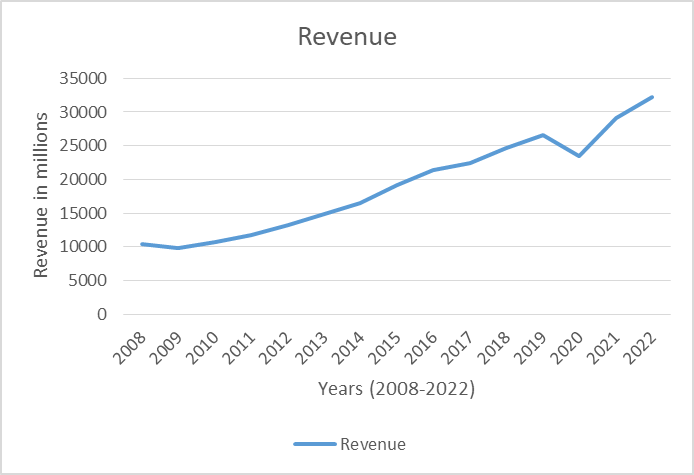
As seen from the chart, from 2009 to 2019, Starbucks saw a steady rise in its revenue. It saw a small dip in 2020, but that was due to the COVID-19 pandemic, in which Starbucks had to close the majority of its café-only stores across the world. In this period, Starbucks faced a 10% decrease in sales in the U.S. and a massive 50% decrease in sales in China.
In response to this, in December 2020, Starbucks made a bold announcement stating that it was planning to increase its store count to 55,000 stores by 2030.
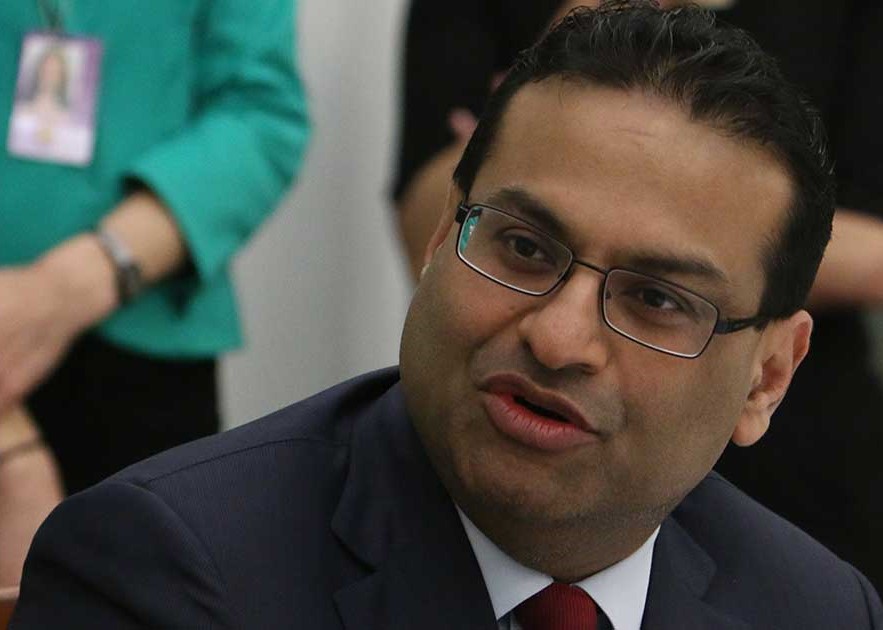
After making a successful comeback as CEO, Howard Schultz stepped down in 2017 but was later appointed as interim CEO in 2022. On 20 March 2023, Starbucks announced Laxman Narasimhan as its new CEO.
A new look
As of 2023, Starbucks is the largest chain of coffee houses in the world, with over 34,000 stores in 84 countries and over 400,000 employees.
The company has also launched its reserve stores in many significant cities. The very first Starbucks Reserve was opened in Seattle in 2014.
_-_001.jpg)
Starbucks Reserve represents a curated collection of premium, meticulously crafted coffees. These beans are sourced seasonally and exhibit variations based on their regions of origin, spanning from Vietnam and Papua New Guinea to Malawi and Rwanda. The selection includes rare and exceptional beans from around the world.
.jpg)
The concept of a Starbucks Reserve was curated to target the rising number of coffee enthusiasts around the world. In October 2022, Starbucks opened its Reserve store in Mumbai, India.
In 2023, Starbucks launched its Metaverse experience called the ‘Starbucks Odyssey’. This initiative aims to engage customers in a virtual world.
What business is Starbucks in?
You might think I am crazy to ask this question. After exploring so much of the company’s history, its working, and the financial data of Starbucks, it should seem certain that Starbucks is in the coffee business, right?
Technically, yes, but not entirely.
You would be astonished to know that Starbucks has a hand in two other businesses other than selling coffee.
The Frappuccino effect
There is a very interesting term in the real estate business known as the Frappuccino effect. This term became common in the U.S. during the mid-2010s and is directly related to Starbucks.
In essence, the Frappuccino effect suggests that the proximity of a Starbucks can positively impact the value of nearby properties. According to research conducted by Quartz, a news website, the average American home experienced a 65% increase in value between 1997 and 2014. However, if situated within a quarter-mile radius of a Starbucks, the property’s value surged by an impressive 96% during the same period.

This surge is not a mere coincidence but is intricately linked to Starbucks’ strategic approach to selecting locations. Starbucks has a dedicated team tasked with scouting potential areas for new stores. Their methodology involves identifying emerging locations with promising future value.
The opening of a new Starbucks often acts as a catalyst, attracting other fancy bars and restaurants to establish themselves in the vicinity, further enhancing the area’s desirability.
Starbucks had to endure much criticism for this business approach, with protests primarily focusing on the concern that the coffee giant rips up the coffee culture of the city and displaces local mom-and-pop cafes in the neighborhood.
These protests have not stopped Starbucks from expanding to newer locations.
Bank of Starbucks
Remember the mobile app Starbucks launched in 2009? Starbucks has also added a feature in this app that allows customers to add money to their Starbucks account for payments, earning them valuable reward points redeemable for free drinks.

As Starbucks is a reputable brand, customers confidently store money in their accounts. It has been reported that there is an estimated $1.5 billion in people’s Starbucks balances through apps.
Although this money will eventually be used to buy coffee, it also provides Starbucks with an interest-free loan. Traditional banks, safeguarding deposits, must maintain substantial cash reserves to meet potential withdrawal demands. In contrast, Starbucks sidesteps this requirement as the funds in the app remain non-withdrawable. This financial advantage enables Starbucks to utilize these balances for strategic business expansion.
It looks like the ‘bucks’ in Starbucks take on a whole new financial significance.
Conclusion
Currently, Starbucks derives 26% of its revenues from non-beverage products such as coffee and tea- brewing equipment, mugs and other merchandise, baked pastries, sandwiches, salads, oatmeal, yogurt parfaits, and fruit cups. Within the 74% generated from beverages, a significant portion is earned from non-coffee drinks. This proves that coffee, deemed Starbucks’ cornerstone, isn’t its primary product. As Howard Schultz realized all those years ago, the main product of Starbucks has always been the experience it provides.
.jpg)
Looking ahead, Starbucks shows no signs of deceleration. On 9 January 2024, Starbucks also announced plans to open 1,000 stores in India by 2028. This move has a lot of layers in itself, but that would be the talking point for some other article. Until then, when you walk inside a Starbucks and wonder why its prices are so high, remember that it’s not just the coffee that counts but also the experience.
